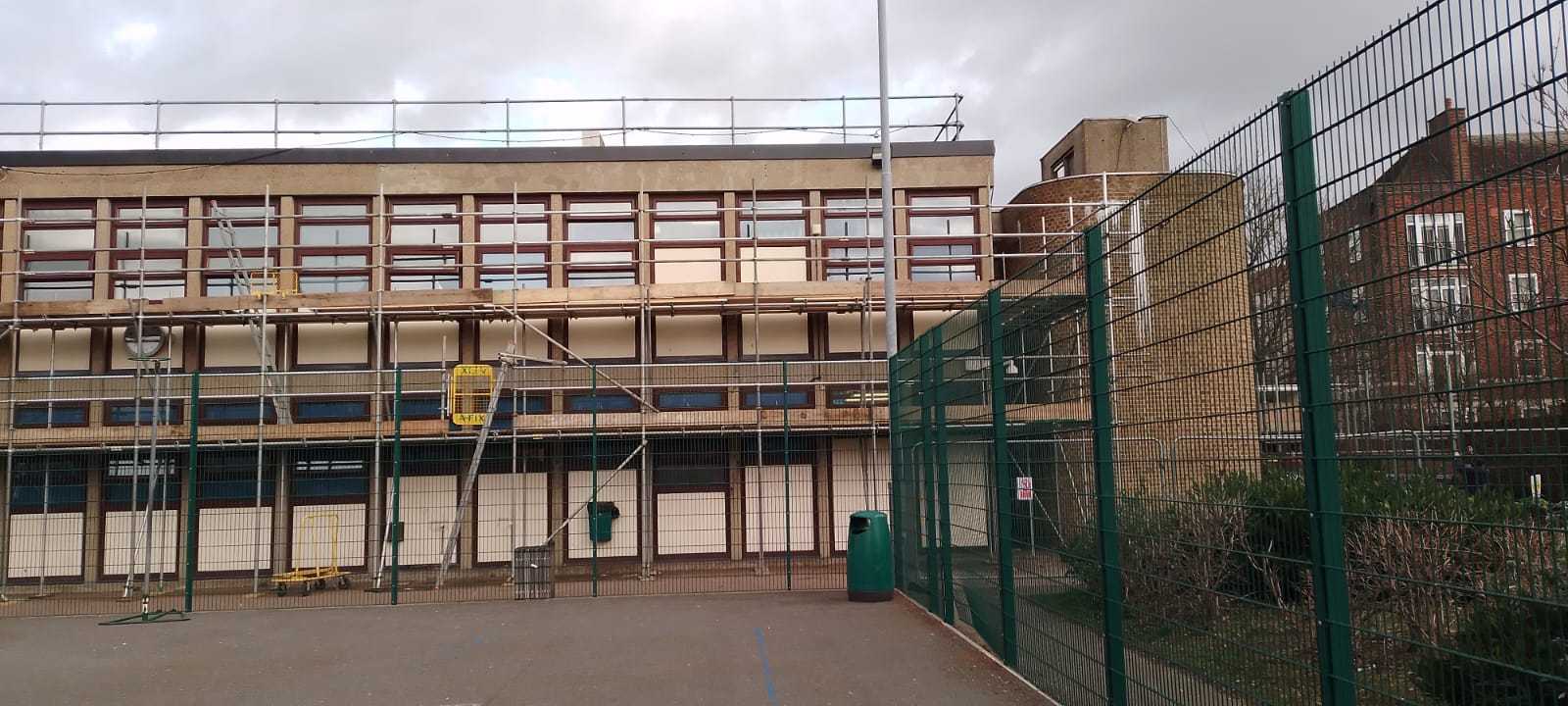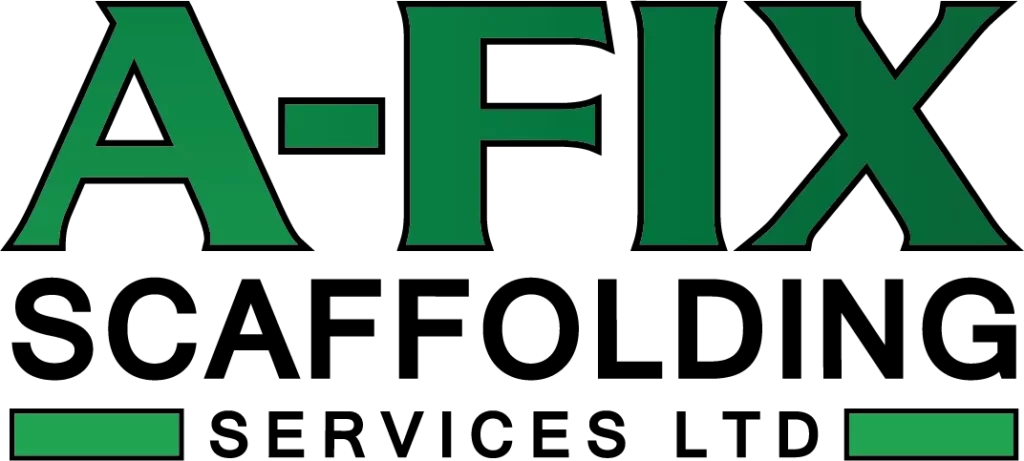
Understanding the Differences Between Commercial, Domestic, and Industrial Scaffolding
Scaffolding is an essential component in the construction, maintenance, and repair of buildings. Whether you’re working on a small residential renovation or a large commercial building, scaffolding provides the necessary support and safety to workers. However, not all scaffolding is created equal.
There are significant differences between commercial scaffolding, domestic scaffolding and industrial scaffolding. Each type serves a unique purpose and is designed with distinct considerations in mind.
What Is Scaffolding?
Scaffolding is a temporary structure used to support workers, tools, and materials while performing construction, repair, or maintenance tasks at height. It is made up of various components such as steel pipes, wooden planks, and sometimes ropes, depending on the specific type of scaffolding and its intended purpose.
1. Commercial Scaffolding
Commercial scaffolding is typically used in medium to large-scale projects such as office buildings, shopping centres, public facilities, and multi-story constructions. These projects often involve more complex design requirements and larger-scale operations.
Key Features of Commercial Scaffolding:
– Height and Complexity: Commercial scaffolding is designed for taller buildings, often in urban environments. It needs to accommodate larger teams of workers, along with materials and equipment, so it’s built to be robust and flexible.
– Load-Bearing Capacity: These scaffolds are often designed to carry heavier loads, supporting not just workers but also significant quantities of tools and materials.
– Safety Features: Commercial scaffolding must adhere to strict safety standards. These can include guardrails, toeboards, and safety netting to protect workers from falling debris or from falling themselves.
– Customisation: Since commercial buildings often come in various shapes and sizes, scaffolding systems are often customised to fit the specific needs of each project. This may involve modular systems and bespoke solutions to provide support across multiple levels or facades of a building.
-Applications: Commercial scaffolding is commonly used in office buildings, hotels, schools, hospitals, shopping malls, and large residential complexes.
2. Domestic Scaffolding
Domestic scaffolding is used in residential projects, typically for individual homes or smaller buildings. The scope of these projects is much more limited in scale compared to commercial or industrial scaffolding, but it still requires safety and durability.
Key Features of Domestic Scaffolding:
– Smaller Scale: Domestic scaffolding is designed for shorter heights, such as when working on the exterior of a house or low-rise buildings. It’s typically required for work like roof repairs, painting, or window installation.
– Quick Setup and Removal: Since residential projects are often shorter in duration, domestic scaffolding tends to be quicker to assemble and disassemble. This helps reduce rental costs for homeowners or contractors.
– Basic Design: The design of domestic scaffolding is simpler and less complex compared to commercial or industrial scaffolds. It typically involves a standard frame structure, and while safety is still a priority, the scaffold is built to support lighter loads than commercial or industrial scaffolding.
– Cost-Effective: Domestic scaffolding is more affordable than commercial or industrial
scaffolding due to its smaller scale and simpler requirements. It’s ideal for homeowners looking to carry out DIY work or for contractors working on small-scale residential projects.
-Applications: Domestic scaffolding is commonly used in single-family home renovations, exterior painting, roof repairs, and gutter cleaning.
3. Industrial Scaffolding
Industrial scaffolding is the most specialised type and is used for large-scale industrial applications such as factories, power plants, oil refineries, chemical plants, and large warehouses. These projects often require scaffolding that can support both the workers and the heavy equipment or materials involved in industrial operations.
Key Features of Industrial Scaffolding:
– Heavy Duty: Industrial scaffolding is designed to bear much higher loads than commercial or domestic scaffolding. It is built to accommodate the weight of tools, machinery, and heavy
equipment used in industrial environments.
– Complexity and Customisation: Industrial scaffolding is often custom-engineered to suit very specific needs. It may need to be built around complex structures or equipment and can involve suspended scaffolds, cantilever scaffolds, or hanging scaffolds for challenging access points.
– Durability and Safety: Due to the high-risk environment, industrial scaffolding must adhere to stringent safety regulations. It may involve advanced features such as anti-slip decking, reinforced structures, and the ability to support hazardous material handling, depending on the industry.
– Access for Maintenance and Repairs: In many industrial sectors, scaffolding is used not only for construction but for maintenance and ongoing operations. For instance, in power plants, scaffolding provides access to hard-to-reach areas of machinery for cleaning, inspection, and repair.
-Applications: Industrial scaffolding is used in the energy, oil and gas, chemical processing, manufacturing, and mining industries, often for high-risk, large-scale projects.
Choosing the right type of scaffolding is critical to ensuring safety and efficiency on a construction project. Whether you’re working on a residential home, a commercial office complex, or an industrial facility, understanding the key differences between commercial, domestic, and industrial scaffolding can help you make informed decisions.
A-Fix Scaffolding provide commercial, domestic and industrial scaffolding services. Contact us today for more information.
